Start by choosing the right platform (Amazon, eBay, Etsy), ensure toy safety compliance, source quality products, price competitively, and provide excellent customer service with efficient shipping solutions to build a profitable toy business online.
The toy industry is booming, with the toy market estimated at USD 114.4 billion in 2024 and expected to grow at a compound annual growth rate (CAGR) of 6% between 2025 and 2034.
If you’re looking to declutter your home, start a side hustle, or build a full-scale business, selling toys online presents incredible opportunities.
This guide will walk you through everything from choosing the right platform to navigating legal requirements, helping you transform your toy-selling aspirations into a profitable reality.
How To Sell Toys Online: A Step-by-Step Guide
Selling toys online requires strategic planning, a thorough understanding of your market, and selecting platforms that align with your goals and target audience. Let’s get to know how to do it step by step:
Step 1: Research Your Market and Niche
Success in the online toy market often comes down to selling products that tap into current trends and collector demand.
Niche toys like designer figures, limited editions, and character-based collectibles are gaining huge traction. Labubu India is a great example of a brand leveraging this demand by offering exclusive and trending collectible toys that appeal to both kids and adult fans. Focusing on such high-interest products can significantly boost visibility and sales in your online store.

For those looking to start their entrepreneurial journey early, selling toys can be an excellent opportunity among various side hustles for teens that build valuable business skills.
Step 2: Choose Your Selling Platform
Select platforms based on your toy type, target audience, and business model. Each platform has unique features, fees, and customer bases that can impact your success.

When deciding between major marketplaces, understanding the differences between Amazon vs eBay can help you choose the platform that best suits your toy-selling strategy and target market.
Step 3: Source Your Toys
Determine whether you’ll sell new, used, handmade, or imported toys. Consider factors like profit margins, storage space, and target market preferences when making this decision.

Building relationships with reliable wholesale suppliers in the USA can provide access to quality inventory at competitive prices, especially for those planning to scale their toy business.
Step 4: Ensure Legal Compliance
Research toy safety regulations, labeling requirements, and testing standards. ASTM F963 is a mandatory consumer product safety standard for children’s toys in the United States.

Step 5: Set Competitive Pricing
Analyze competitor prices, factor in all costs, including platform fees, shipping, and packaging. Price strategically to remain competitive while maintaining healthy profit margins.

Step 6: Create Compelling Product Listings
Write detailed descriptions, take high-quality photos from multiple angles, and include all relevant specifications. Highlight safety features and age-appropriate information for parents.
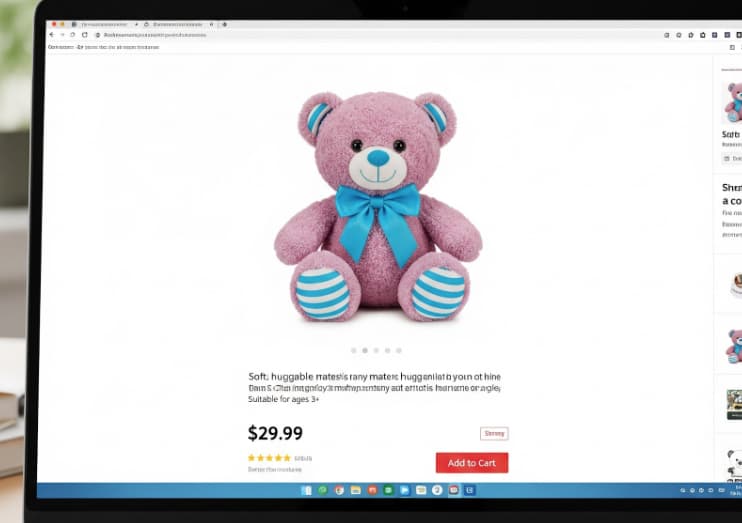
Toys consistently rank among the best products to sell online due to their emotional appeal and gift-giving potential, making compelling listings even more crucial for success.
Step 7: Establish Shipping and Return Policies
Develop efficient shipping processes, offer tracking, and create clear return policies. Consider offering free shipping by incorporating costs into your product prices.
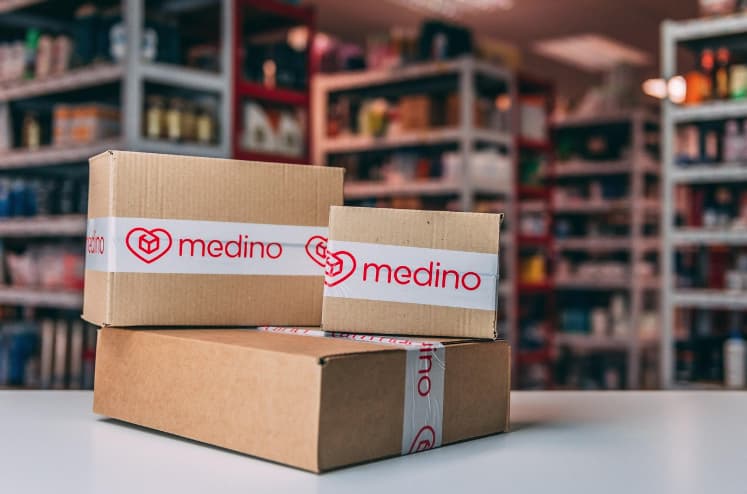
For those considering building their own e-commerce platform, toys are among the best products to sell on Shopify due to their visual appeal and broad market demand.
Step 8: Launch and Optimize
Monitor performance metrics, gather customer feedback, and continuously optimize your listings, pricing, and customer service to improve sales and rankings.
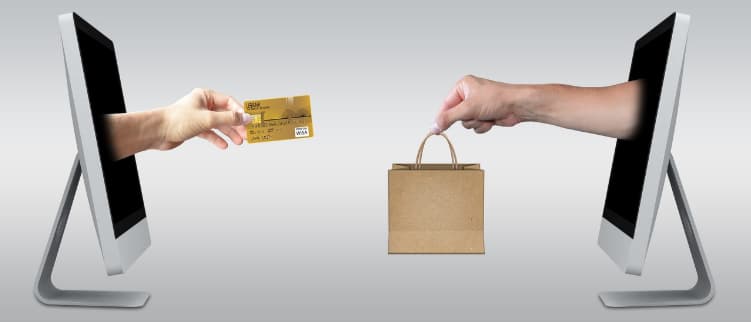
Understanding these fundamentals sets the foundation for choosing the right platforms to maximize your toy-selling success.
Top 10 Online Platforms For Selling Toys
Different platforms cater to various needs, ranging from vintage collectibles to handmade creations. Here’s your complete platform comparison guide:
| Platform | Key Features/Benefits | Use Case | Fees/Considerations |
|---|---|---|---|
| Amazon | Massive customer base, Fulfillment by Amazon (FBA), global reach | New toys, large-scale sellers, private label | Referral, fulfillment, subscription fees |
| eBay | Auction & fixed-price listings, global audience, collectible focus | Rare, vintage, collectible toys | Listing & final value fees |
| Etsy | Handmade, custom, vintage, creative community | Handcrafted, unique, or vintage toys | Listing & transaction fees |
| Facebook Marketplace | Local & global reach, easy listing, no fees for local sales | Used toys, local buyers | No listing fees for local sales |
| Mercari | Easy online sales, large user base, and toy categories | Used toys, collectibles, kids’ toys | 10% selling fee |
| OfferUp | Local marketplace, easy listing, no listing fees | Used toys, local buyers | No listing fees |
| Kidzen | Dedicated to buying/selling kids’ items, with an easy process | Kids’ toys, parents, gifters | Paid as credit or to PayPal/bank |
| VarageSale | Online garage sale, local focus | Used toys, local buyers | Free to list |
| Shpock | Mobile marketplace, zero fees | Toys, board games, collectibles | No fees |
| eBid | Auction & fixed-price, broad categories, low fees | Used toys, collectibles | Basic: free listing, 5% final value fee |
Now that you know where to sell, let’s explore how to find the perfect toys for your online business.
How Do I Find Toys To Sell?
Success in toy selling begins with effective sourcing strategies that align with market demand and your business objectives.
1. Retail Arbitrage Purchase discounted toys from clearance sales, outlet stores, and seasonal markdowns to resell at higher prices. Focus on popular brands and trending items.

2. Thrift Stores and Garage Sales Hunt for vintage, rare, or discontinued toys that collectors value. Focus on trending collectibles like Labubu dolls or Pop Mart figures, which can sell for premium prices when rare variants are found.
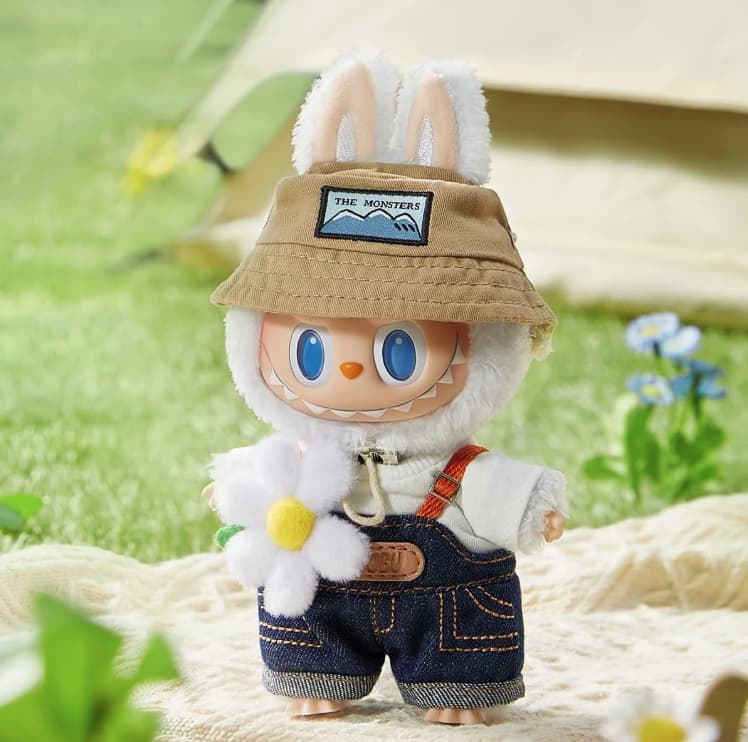
3. Wholesale Suppliers Partner with toy distributors and manufacturers to buy in bulk at reduced prices. Requires a higher initial investment but offers better profit margins.

Exploring the best wholesale websites can help you discover reliable suppliers offering competitive pricing and quality products for your toy inventory.
4. Estate Sales and Auctions Find unique, vintage, or collectible toys often sold below market value. Arrive early and research items beforehand for the best deals.
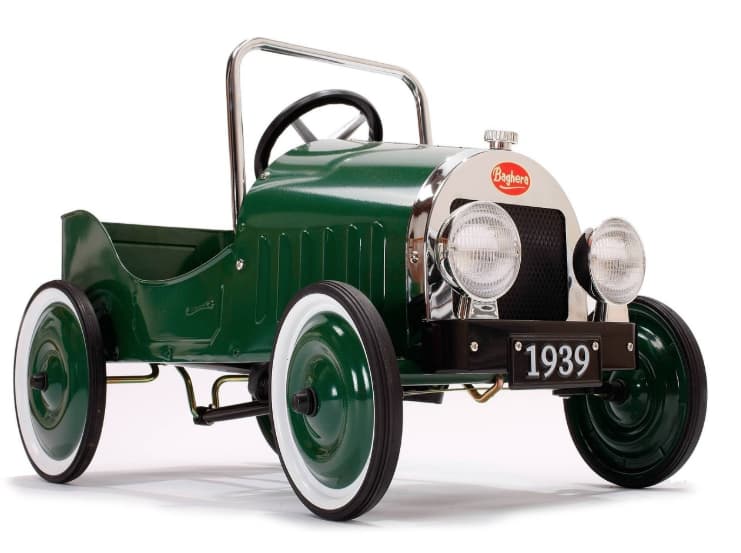
With the growing number of online marketplaces, it’s worth noting that there are millions of e-commerce stores competing for attention, making unique sourcing strategies like estate sales even more valuable for finding distinctive inventory.
5. Online Liquidation Platforms Purchase overstock, returned, or discontinued inventory from retailers through platforms like Liquidation.com or Direct Liquidation for resale opportunities.
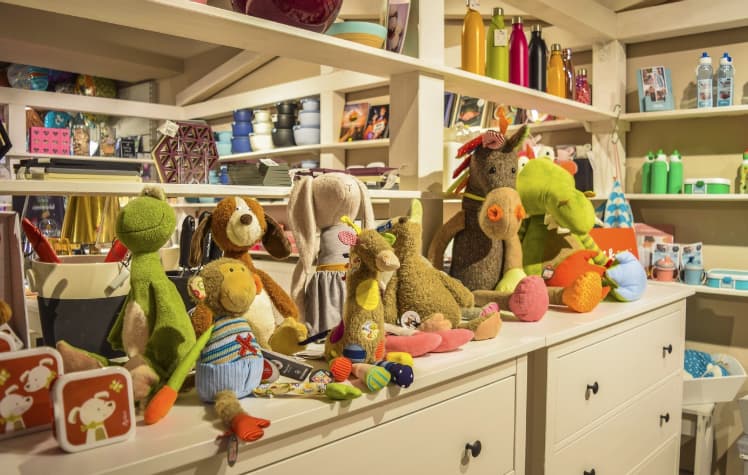
Understanding sourcing is just the beginning, you must also navigate the complex world of toy safety regulations.
What Are The Legal Requirements For Selling Toys Online?
1. Safety Testing Standards: Mandates tests for choking hazards, sharp edges, heavy metals, and more. All toys must comply with ASTM F963 standards and undergo third-party testing.
2. Lead Content Restrictions: Clearly limit lead content in toys to no more than 90 parts per million (ppm) (0.009% by weight) to protect children from toxic exposure.
3. Age Labeling Requirements: Include clear age recommendations and safety warnings. Toys intended for children under 3 require specific warnings about choking hazards and testing protocols.
4. Import Documentation: If sourcing internationally, ensure proper customs documentation, safety certificates, and compliance with U.S. Consumer Product Safety Commission (CPSC) requirements before importing.
5. Record Keeping: Maintain detailed records of suppliers, safety testing, and product sources. This documentation is essential for recalls and regulatory compliance audits.
6. Business Licenses: Obtain necessary business licenses, sales tax permits, and consider product liability insurance to protect your business from potential legal issues.
With legal compliance in place, let’s focus on pricing strategies that maximize your profits while remaining competitive.
How Do I Price My Toys Competitively?
Smart pricing balances profitability with market competitiveness, requiring research, calculation, and strategic positioning to maximize your toy sales success.
- Competitive Market Analysis: Research similar toys across multiple platforms and seller ratings
- Calculate All Costs: Factor purchase price, fees, shipping, storage, and time investment
- Psychological Pricing Strategies: Use $19.99 pricing, bundles, and tiered options strategically
- Dynamic Pricing Adjustments: Monitor competitors regularly and adjust based on trends
- Value-Added Positioning: Justify higher prices through superior service and extras, though understanding Shopify pricing is crucial for calculating your total operational costs.
Pricing is crucial, but efficient shipping and clear return policies can make or break your toy business.
How Do I Handle Shipping And Returns?
1. Efficient Packaging Systems: Invest in quality materials and develop systematic packing
2. Multiple Shipping Options: Offer various speeds from economy to expedited delivery
3. Tracking and Communication: Provide immediate tracking numbers and proactive delivery updates
4. Clear Return Policies: Establish reasonable windows and transparent condition requirements clearly
5. Quality Control Processes: Inspect toys, test electronics, photograph high-value items before
Conclusion: Choose Platform, Source Smart, Stay Compliant
To sell toys online successfully, start with Amazon or eBay for maximum reach, ensure all products meet safety regulations, and focus on trending items like collectibles or seasonal toys.
Your success depends on competitive pricing, clear product descriptions, and reliable shipping. Begin by selecting one platform, sourcing 5-10 products within your budget, and testing the market before scaling up. The key is consistent execution rather than perfect timing.
Take action today. Begin building your profitable toy-selling business that brings joy to children while generating income for you.
FAQ
Amazon dominates online toy sales, while Walmart leads in physical retail. Both platforms offer massive customer bases and fulfillment services for toy sellers.
Mattel and Hasbro are among the most profitable publicly traded toy companies, with strong brand portfolios and global distribution networks.
LEGO consistently ranks as one of the world’s most valuable and best-selling toy brands, known for construction sets and licensed products.
Amazon and Walmart are the largest toy retailers by volume, with Amazon leading online sales and Walmart dominating physical retail toy sales.
Most consumers buy toys from major retailers like Amazon, Walmart, and Target, with increasing online purchases through platforms like eBay and specialized toy retailers.
- Shopify 3 Months For $1 (OCT 2025) – 90 Days Trial - October 3, 2025
- Helium 10 Free Trial (2025) — Access Premium Features - September 4, 2025
- Jungle Scout Free Trial (2025) — Get 7 Days Access Now - September 4, 2025

